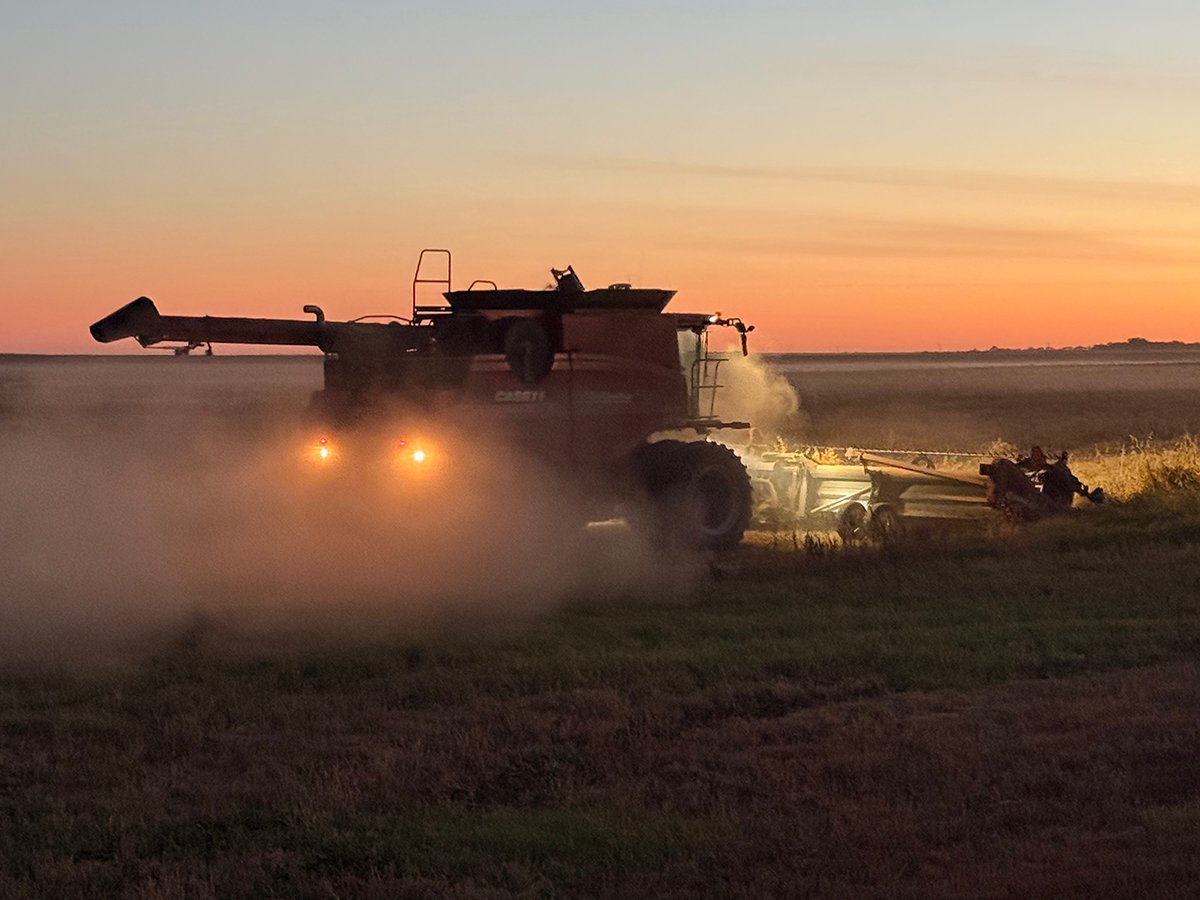If, as projected, corn and soybeans become major crops in Western Canada over the next decade, there will be wide-ranging ramifications.
Companies such as Monsanto and DuPont Pioneer are investing heavily, believing new shorter season varieties will make this region the new frontier for the crops that already dominate production in the United States and Eastern Canada.
The anticipated six to eight million acres of soybeans and eight to 10 million acres of corn will have to displace other prairie crops, so what will the losers be?
Read Also

Downturn in grain farm economics threatens to be long term
We might look back at this fall as the turning point in grain farm economics — the point where making money became really difficult.
Although the increase in Manitoba soybean acreage appears to have come largely at the expense of canola, Monsanto does not believe that will be the primary substitution. Not much point in Monsanto spending millions of dollars on corn just to have it displace the company’s most profitable crop.
Instead, soybeans are expected to take a bite out of pea and lentil acreage.
As corn increases, other cereal crops are expected to drop. Speaking to the recent Canada Grains Council meeting in Ottawa, William Wilson from the University of North Dakota said corn in his state has been a barley killer. Feed barley has been abandoned and malting barley has been chased further west. Wheat and durum acreage is also down dramatically.
The trends in North Dakota could be a template for what will happen in the higher heat unit regions of Western Canada.
Wilson notes that all crops have been profitable in recent years, but growers want to minimize risk. Yield statistics show twice the variability in wheat yields as compared to North Dakota corn yields. In fact, both corn and soybeans are often referred to as idiot proof.
According to Wilson’s numbers, corn has been the most profitable crop in the state by a wide margin, followed by soybeans in the number two position. With the increased profitability, North Dakota land prices have increased more rapidly than other states.
What about crops where western Canadian production dominates world exports and where there are no obvious substitutes? This includes durum, flax, lentils, mustard and canaryseed. In the face of a corn and soybean surge, either those acres will go to other countries or the marketplace will have to pay to retain acres here.
If corn does see the expected acreage explosion in the years to come, more grain storage will be needed. This will probably occur on farm as well as at commercial facilities. Corn yields are expected to average 80 to 110 bushels per acre — twice that of wheat and one and a half times that of barley.
For transportation logistics, corn is a curse and a blessing. There’s a lot more volume to move, but there are far fewer segregations. Less segregation also applies to soybeans.
Soybean acreage has advanced rapidly in Manitoba and the southeastern corner of Saskatchewan with experimentation in many other regions. The corn expansion is more tentative.
Maybe long-term projections will be correct. Maybe we will mirror what has happened in North Dakota.
However, in the short term, the allure of corn may take a holiday due to dropping prices. Corn at $7 a bu. is exciting. Corn at $4, not so much. And from that $4, you typically need to subtract 30 or 40 cents for drying.
In addition to grain drying access, you need specialized seeding and harvesting equipment. It’s a lot bigger commitment than just throwing another seed in the ground.
Producers are curious, but many remain skeptical.

















